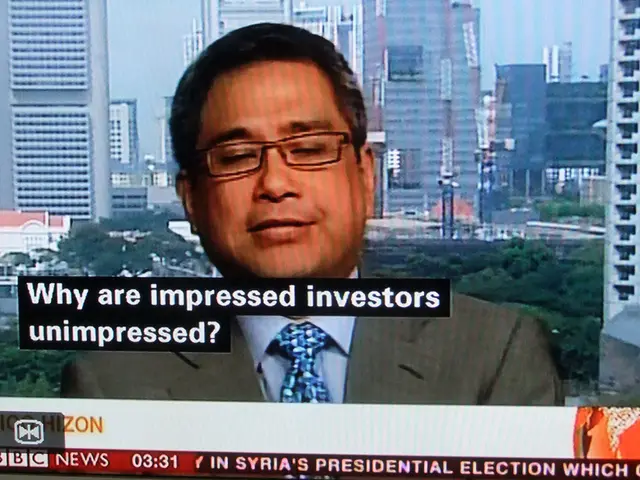Shift in Wind: Greece's Energy Revolution in Sight?
In an ambitious move towards a greener future, the new Greek government has announced plans to speed up the country's energy transition. This transition, aimed at reducing greenhouse gas emissions and increasing the use of renewable energy, is set to bring significant changes to the energy landscape of Greece.
One of the key challenges facing Greece is the interconnection of non-interconnected islands in the Aegean and Ionian Sea to the national grid. By connecting these islands, expensive and dirty electricity generation from oil and diesel will become obsolete, paving the way for the supply of these islands with renewable energy.
However, replacing lignite, currently a significant part of Greece's electricity mix, with natural gas could put the country's climate targets in danger. Recognising this, the Greek government has decided to shut down all coal-fired power plants by 2028.
The Greek Ministry of Environment and Energy is responsible for implementing the Energy and Climate Plan for 2030, which puts a strong emphasis on reducing greenhouse gas emissions, scaling up renewables, increasing energy efficiency, and phasing out coal-fired power generation.
The plan foresees a significant growth in solar PV capacity, with an expected increase from 3 GW to 7.7 GW between 2020 and 2030. The yearly average increase is expected to be about 430 MW. Similarly, total installed wind power capacity is expected to grow from 3.6 GW in 2020 to 7 GW in 2030, with a yearly average increase of around 310 MW.
Last year, about 750 MW of wind generation capacity was installed in Greece, a positive step towards meeting the country's ambitious renewable energy targets. However, it's worth noting that between 2014-2018, only 17 MW of new PV capacity were built per year in Greece, a slow pace in comparison to the ambitious goals set for the future.
The revised NECP targets for Greece include a 42% reduction in greenhouse gas emissions, a 35% share of renewable energy in gross final energy consumption, a 61-64% share of electricity from renewable energy, and a final energy consumption of 16.1-16.5 mtoe.
The NECP also acknowledges several challenges that need to be overcome to meet these ambitious targets, such as grid expansion, regulatory and administrative challenges, and the particular situation of many islands that are not interconnected.
To provide the necessary flexibility in a future energy system with a higher share of variable generation, the use of hydrogen and other storage technologies shall be explored. The NECP also foresees that innovative technologies like offshore wind and wave energy should also play a role in the electricity mix up to 2030.
Unfortunately, Greece will not meet its 2020 target of 40% renewables in the electricity mix, currently the share is close to 30%. This underscores the need for accelerated efforts to meet the revised targets.
Despite these challenges, the new government's commitment to a greener future offers hope for a more sustainable energy future in Greece. As the country moves towards a more renewable energy-based electricity mix, it is expected that unemployment, particularly among young people, will decrease, providing a much-needed boost to the economy.
The establishment of a Regional Security Coordinator (RSC) for Southeast Europe by Greek, Bulgarian, Romanian, and Italian transmission system operators (TSOs) in Thessaloniki is expected to boost regional cooperation and improve the integration of national power markets, further facilitating Greece's energy transition.
In conclusion, the new Greek government's commitment to a greener future, coupled with ambitious targets and plans for grid connections and renewable energy expansion, presents an exciting opportunity for Greece to lead the way in Europe's energy transition.
Read also:
- Trump administration faces lawsuit by Denmark's Ørsted over halted wind farm project
- Unchecked Management of HP Dams Leads to Environmental Disaster: RTI Reveals
- Rapid advancements in automotive policies worldwide fuel transition towards electric vehicles
- CDU Hamm: Aim, Chosen Candidate, and Local Election Agenda








